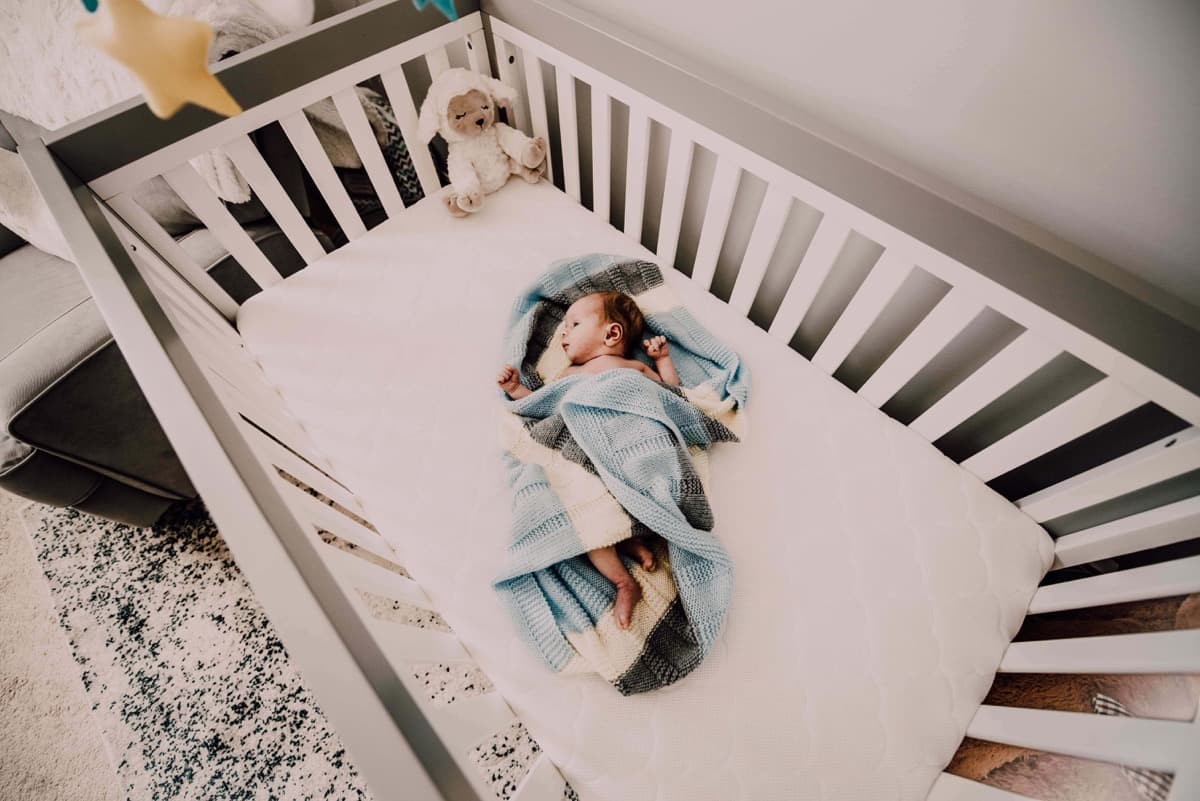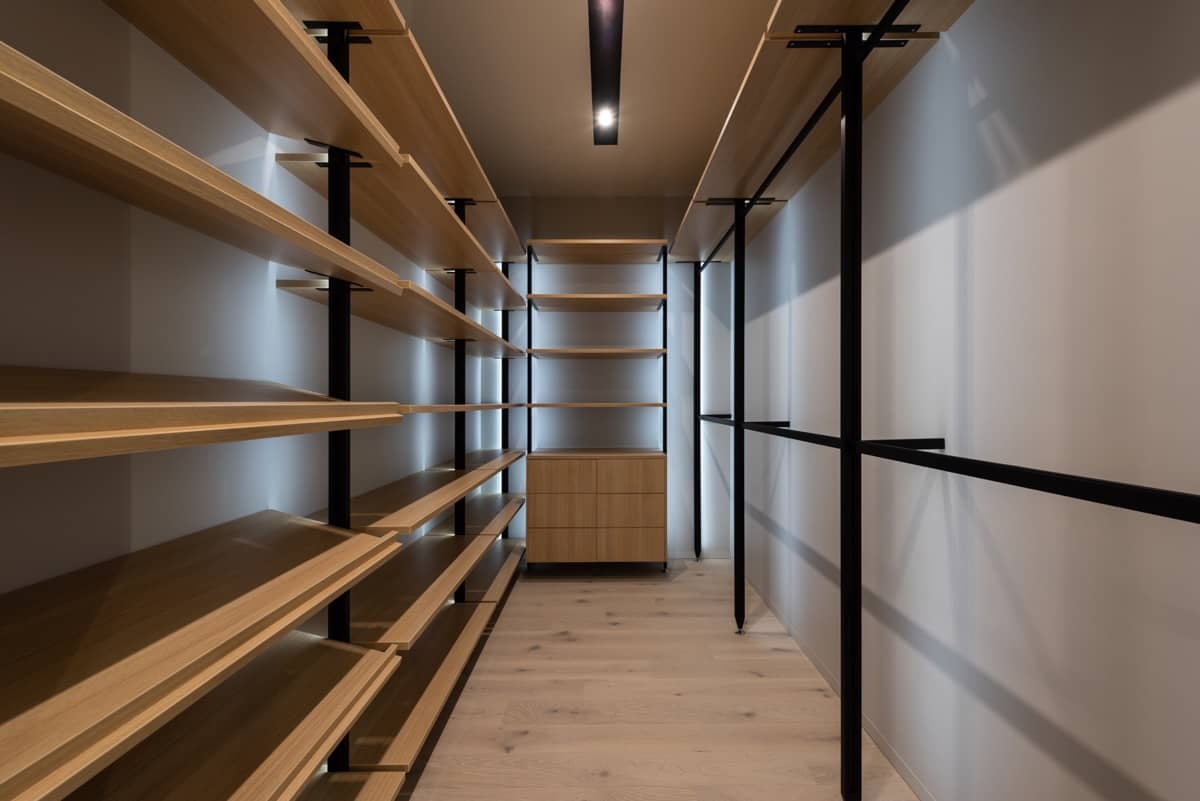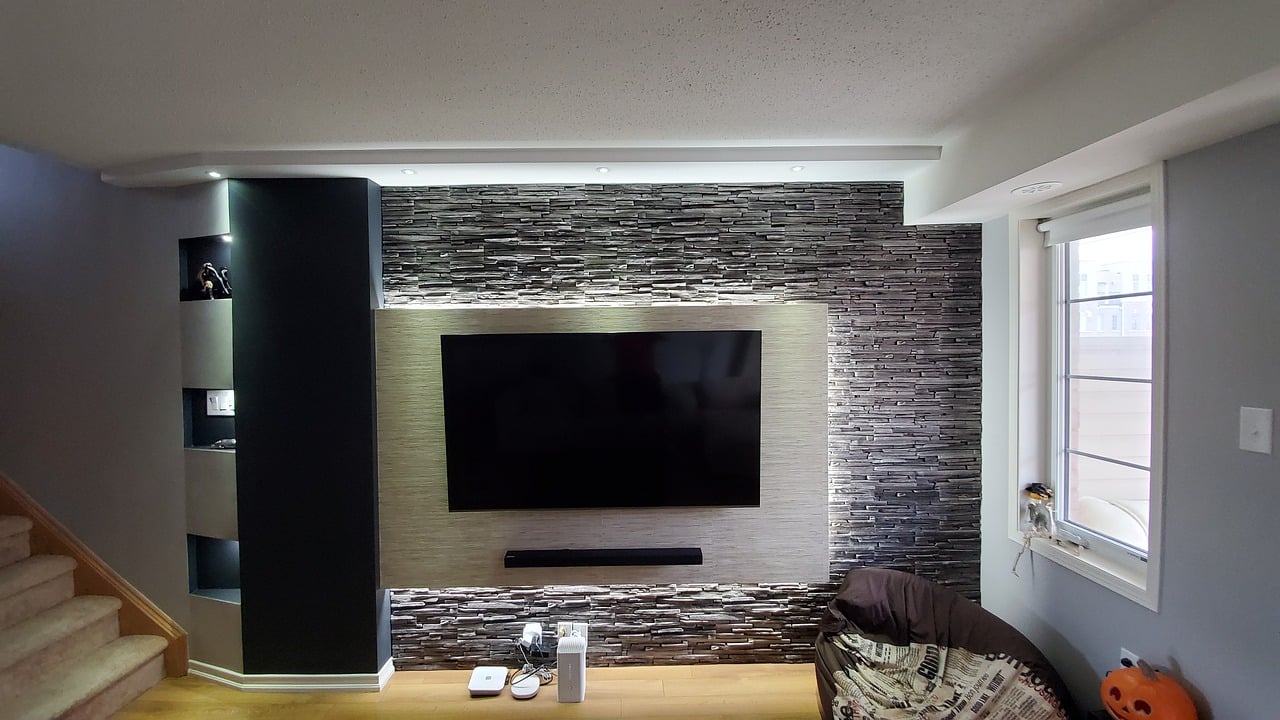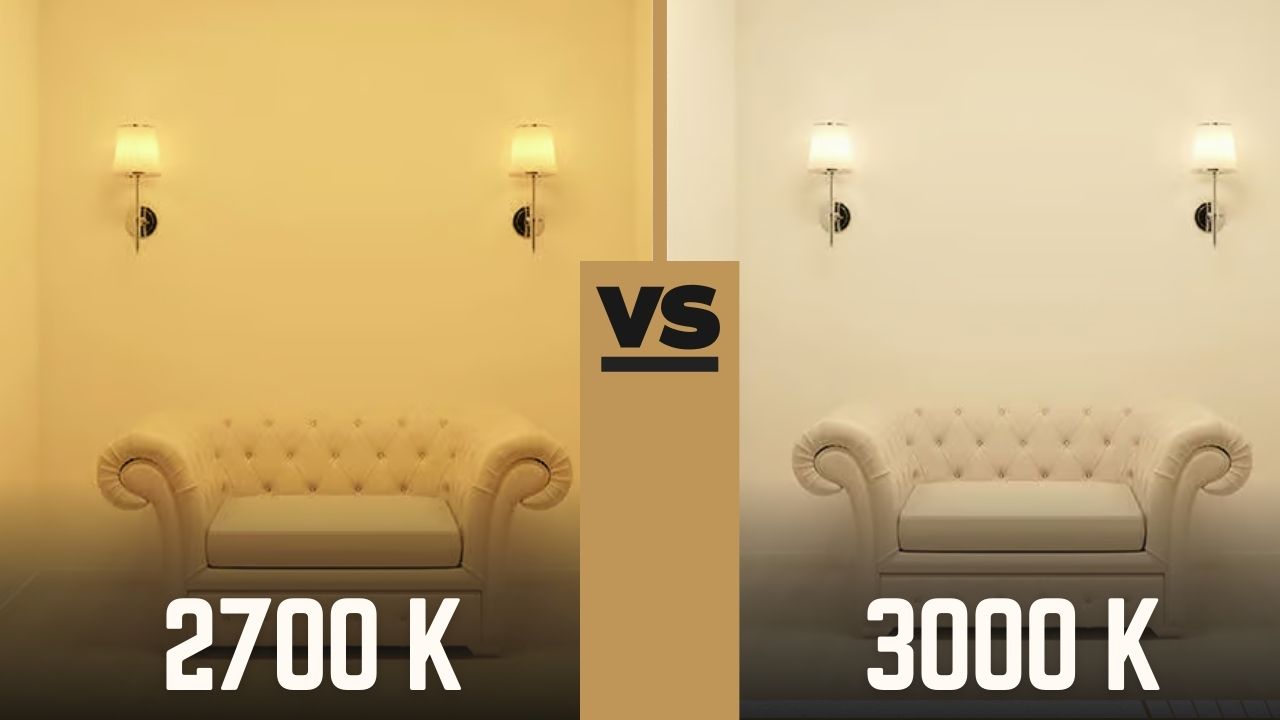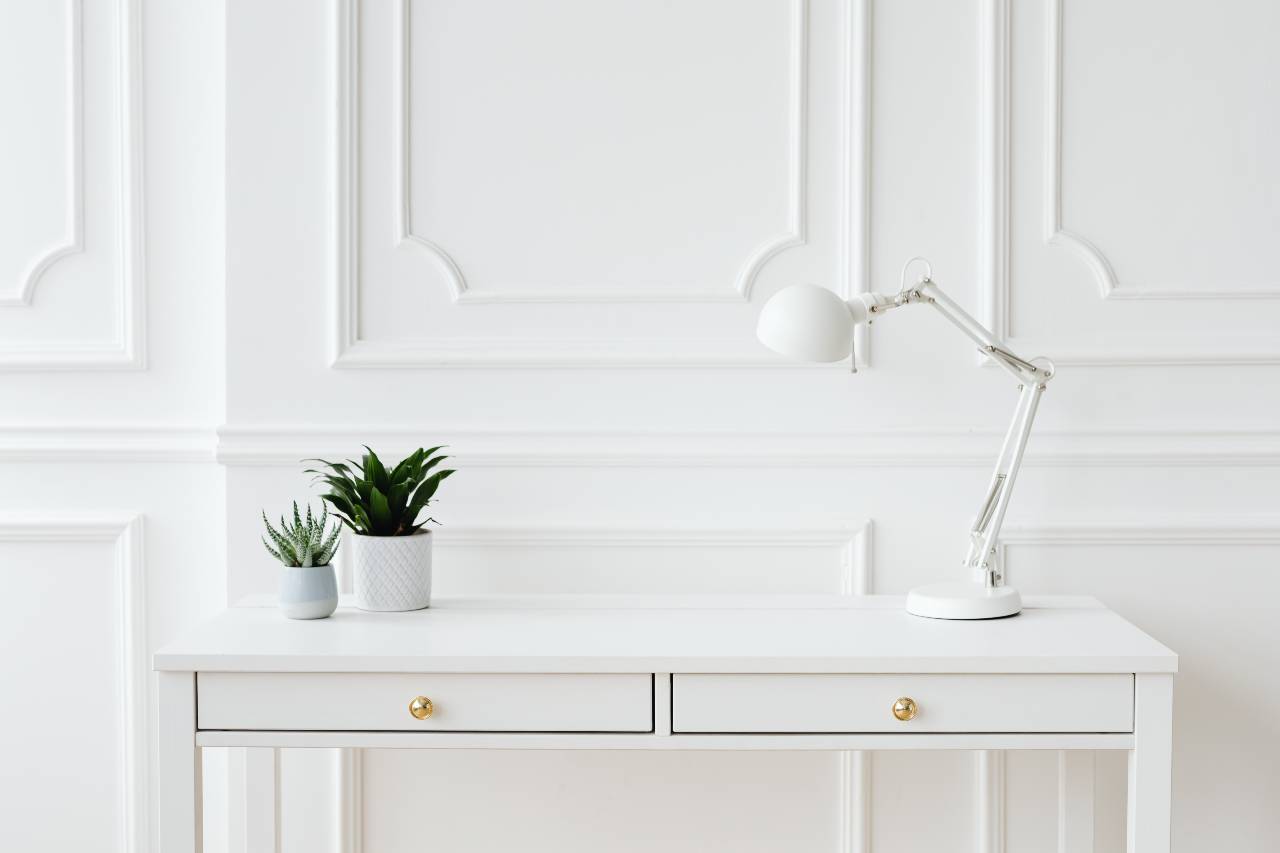In the realm of nursery design, attention to detail is paramount. Every element contributes to creating an environment that is not only visually appealing but also conducive to a child’s growth and development.
One aspect that often goes overlooked but plays a vital role in shaping the overall ambiance is lighting. The right lighting can have a profound impact on both the functionality and aesthetics of a nursery.
Importance of Lighting in a Nursery
The significance of lighting in a nursery cannot be overstated. It serves multiple purposes, including creating a soothing atmosphere for sleep, providing ample illumination for activities such as feeding or changing diapers, and even stimulating cognitive development through visual engagement.
Properly designed lighting can enhance the overall wellbeing of both babies and parents by promoting relaxation, aiding circadian rhythms, and even reducing anxiety. When considering nursery lighting, it’s essential to strike an optimal balance between functionality and aesthetics.
A well-lit space ensures parents can see clearly when attending to their child’s needs during nighttime routines without disturbing their sleep patterns excessively. Moreover, carefully selected light fixtures can serve as exquisite focal points or complement the room’s decor theme.
Advantages of LED Lights
Among various lighting options available today, LED lights have emerged as one of the most popular choices for nurseries due to their numerous advantages over traditional incandescent or fluorescent bulbs. Energy Efficiency: LED lights are highly energy-efficient, consuming significantly less electricity than traditional alternatives.
This not only helps reduce your carbon footprint but also lowers your energy bills over time—an important consideration for environmentally conscious parents. Durability: LED lights are known for their exceptional lifespan compared to other types of bulbs.
With an average lifespan ranging from 30,000 to 50,000 hours, LED lights require less frequent replacement, saving both time and money in the long run. Safety: LED lights emit significantly less heat than traditional bulbs.
This makes them a safe choice for nurseries, reducing the risk of burns or accidental injuries if a child comes into contact with the light fixture. Additionally, LED lights do not contain any hazardous substances such as mercury, ensuring a healthier environment for your little one.
Customization: LED lights offer a wide range of customization options to suit your nursery’s specific needs. From adjustable dimming features to various color temperature options, LED lights allow you to create the desired ambiance and adapt lighting levels according to different activities—be it calm and relaxing for bedtime routines or vibrant and bright for playtime.
Understanding the importance of lighting in a nursery and considering the advantages of LED lights sets the stage for creating an enchanting space that nurtures your child’s growth while providing convenience and peace of mind. With these aspects in mind, let us delve deeper into the world of LED lights specifically designed for nurseries and explore how they can transform your little one’s haven into an oasis of warmth and comfort.
Understanding LED Lights
What are LED lights?
LED (Light Emitting Diode) lights have gained immense popularity in recent years due to their exceptional energy efficiency and long lifespan. Unlike traditional incandescent or fluorescent bulbs, LEDs use a semiconductor to convert electricity into light.
This technology allows for a more precise control over the color, intensity, and direction of the emitted light. LED lights come in various shapes and sizes, making them suitable for a wide range of applications, including nursery lighting.
Definition and working principle
At the heart of an LED is a tiny semiconductor chip that emits light when an electric current passes through it. This process is known as electroluminescence.
The chip is encapsulated in a transparent plastic lens that protects it from damage and helps disperse the light evenly. The color of the emitted light depends on the materials used in the semiconductor, with red, green, and blue being common choices.
The working principle of an LED revolves around its composition. When electricity flows through the semiconductor material (typically made of gallium arsenide or gallium phosphide), electrons combine with positively charged “holes” within the crystal structure.
As this combination occurs, energy is released in the form of photons—the basic units of light. By adjusting various factors during manufacturing, different colors and intensities can be achieved.
Energy efficiency and long lifespan
One outstanding feature of LED lights is their remarkable energy efficiency compared to traditional lighting options. LEDs consume significantly less electricity to produce an equal amount of illumination than incandescent bulbs or fluorescent tubes.
This not only translates into lower energy bills but also reduces greenhouse gas emissions associated with power generation. Moreover, LEDs boast an impressive lifespan that outshines other lighting technologies by far.
On average, they can last up to 50 times longer than incandescent bulbs. This extended lifespan is primarily due to the absence of a filament or gas that can degrade over time.
The solid-state nature of LEDs makes them more durable, resistant to shocks and vibrations, and less prone to breakage. Consequently, LED lights in nurseries can provide years of reliable service without the need for frequent replacements.
Benefits of using LED lights in nurseries
Safety for children: LED lights are a safe option for nursery lighting due to their low voltage requirements and reduced risk of overheating. Unlike traditional bulbs, they don’t emit harmful ultraviolet (UV) rays or emit excessive heat that could potentially burn curious little fingers. Reduced heat emission: The minimal heat generated by LEDs ensures a safer environment within the nursery.
Traditional incandescent bulbs can become scorching hot, posing a potential hazard if touched accidentally. However, with LEDs, parents can have peace of mind knowing that their child’s room remains cool and comfortable even during extended use.
Environmentally friendly: LED lights contribute significantly to environmental sustainability as they consume less energy and have longer lifespans compared to conventional lighting options. By using LEDs in nurseries, not only are energy costs reduced but also the carbon footprint associated with electricity generation is minimized – making it a greener choice for future generations.
Understanding the technology behind LED lights allows us to appreciate their wide-ranging benefits when used in nursery settings. From enhanced safety measures to energy savings and sustainable practices, these innovative lighting solutions offer substantial advantages over traditional alternatives – ensuring both comfort and environmental consciousness in our cherished nurseries.
Factors to Consider when Choosing LED Lights for a Nursery
Brightness and Color Temperature
When it comes to selecting LED lights for a nursery, considering the brightness levels and color temperature is crucial. The right level of brightness ensures a soothing environment for both sleeping and playing activities.
For sleeping, it is recommended to choose lights with lower brightness levels to promote relaxation and help the baby fall asleep easily. On the other hand, for playing or reading sessions, slightly higher brightness levels are preferable to facilitate focus and alertness.
Another essential factor to consider is the color temperature of LED lights. Color temperature refers to the warmth or coolness of light emitted by the bulbs.
Warm color temperatures (ranging from 2700K to 3000K) create a cozy and calm atmosphere that mimics natural sunlight during evening hours, making it ideal for bedtime routines. Cool color temperatures (ranging from 4000K to 5000K) emit bright white light that stimulates attention and concentration, making them suitable for playtime or activities that require focus.
Dimming Options and Controls
Having the ability to adjust the lighting intensity in a nursery is highly beneficial, which makes dimming options an important consideration. Dimming allows you to create various moods or adjust lighting as per specific needs.
For instance, during late-night feedings or diaper changes, dimmed lights provide enough illumination without fully waking up your little one. There are different types of dimming controls available in LED lights for nurseries.
Remote-controlled dimmers offer convenience as they allow you to adjust brightness from across the room without disturbing your child’s sleep. Touch-sensitive dimmers are another popular option where you simply tap or swipe on the light itself to control its intensity.
It’s worth noting that some LED lights come with preset dimming modes specifically designed for nurseries. These modes offer pre-programmed settings, such as nightlight mode or bedtime mode, which automatically adjust the brightness to the recommended levels suitable for different activities or times of the day.
Having a dimming feature also helps in gradually transitioning your child from a well-lit nursery to a darkened environment during bedtime. This gradual reduction in light intensity signals their body to prepare for sleep, promoting a more restful and peaceful slumber.
When selecting LED lights for a nursery, consider the brightness levels and color temperature that best suit different activities like sleeping and playing. Optimal brightness promotes relaxation or focus accordingly.
Additionally, having dimming options and controls is essential to create the desired ambiance and facilitate nighttime routines without disturbing your child’s sleep. Remote-controlled or touch-sensitive dimmers provide ease of use and convenience while enabling you to adjust lighting intensity as needed.
Top Picks: Best LED Lights for Nurseries
Ceiling Lights
When it comes to nursery lighting, ceiling lights play a vital role in creating a well-lit and comfortable environment for your little one. Our top picks in this category are carefully selected based on their features, specifications, and benefits.
Product A: With its sleek design and exceptional functionality, Product A stands out as an excellent choice for nursery ceiling lighting. It boasts a high-quality LED panel that emits a soft, diffused light, perfect for creating a soothing atmosphere.
The adjustable color temperature feature allows you to customize the lighting according to your preference. Additionally, this product has convenient dimming controls that can be adjusted easily with the included remote control.
Its energy efficiency ensures long-lasting illumination without consuming excessive power. Product B: If you’re looking for versatility combined with style, Product B is worth considering.
This modern ceiling light offers an array of features that make it an ideal choice for nurseries. Its multi-color option provides an opportunity to create different moods with ease.
The dimmable function allows you to adjust the brightness according to your needs at any given time of day or night. With its durable construction and easy installation process, Product B is designed to last for years without compromising on performance.
Nightlights
Nightlights play a crucial role in nurseries by providing gentle illumination during nighttime routines or helping soothe babies back to sleep without disturbing their peaceful slumber. Here are our top picks in this category that combine functionality with aesthetics. Product C: This charming nightlight provides a warm and comforting glow that reassures both parents and babies throughout the night.
Its soft LED light creates a relaxed ambiance while remaining easy on delicate eyesight. Made from child-safe materials, Product C features a unique design that complements nursery decor effortlessly.
With its automatic shut-off timer, it conserves energy and gives parents peace of mind. The portable nature of this nightlight allows it to be carried along for late-night diaper changes or trips to the bathroom.
Product D: For those seeking a nightlight with additional features, Product D is an excellent choice. Apart from its gentle illumination, this nightlight incorporates a built-in sound machine that offers various soothing sounds and lullabies to help your baby drift off into a peaceful slumber.
The adjustable brightness feature allows you to set the perfect amount of light for your nursery space. Its compact and stylish design makes it an aesthetic addition to any nursery decor.
Table Lamps
Table lamps are not only functional but also serve as decorative elements in nurseries. They provide localized lighting options for reading bedtime stories or creating a cozy atmosphere during nighttime routines. Here are our top picks for table lamps that combine style, functionality, and safety.
Product E: This elegant table lamp is designed specifically for nurseries, combining soft lighting with modern aesthetics. Its adjustable color temperature feature allows you to create the ideal ambiance for different activities such as feeding or diaper changing.
With easy-to-use touch controls, Product E offers convenience at your fingertips. Made from non-toxic materials, it ensures the safety of your child while adding a touch of sophistication to their room.
Product F: If you’re looking for versatility in terms of both lighting options and design aesthetics, Product F is an excellent choice. This stylish table lamp features multiple brightness levels and color temperature settings to suit your specific needs throughout the day or night.
Its flexible gooseneck design allows you to direct light precisely where you need it most while providing ample illumination without straining delicate eyesight. Selecting the right LED lights for a nursery is crucial for creating a safe and comforting environment for your little one.
Whether you opt for ceiling lights, nightlights, or table lamps, the top picks in each category offer a combination of features, specifications, and benefits that cater to the unique requirements of nurseries. Consider the design aesthetics, energy efficiency, safety features, and adjustability options when choosing LED lights to ensure a well-lit and nurturing space for your child’s early years.
Niche Subtopics within Nursery Lighting
Importance of UV-free lighting in nurseries
UV rays are a concern for parents, especially when it comes to their little ones’ delicate skin and developing eyes. Therefore, selecting nursery LED lights that emit no UV rays is of utmost importance.
Unlike traditional incandescent or fluorescent lights that may emit some UV radiation, certain LEDs offer a safe and secure lighting solution for nurseries. These LEDs are designed with advanced technology to eliminate any harmful UV emissions, ensuring the well-being of your baby.
Explanation on how certain LEDs emit no UV rays that can harm babies’ skin or eyes
The absence of UV radiation in certain LED lights is due to their unique construction. LED lights operate by passing an electric current through a semiconductor material, which then emits light photons.
Unlike other light sources, LEDs do not rely on thermal radiation and therefore do not produce the same level of harmful ultraviolet energy. This makes them an ideal choice for illuminating your nursery while mitigating potential risks associated with UV exposure.
Moreover, the lack of UV rays from these LED lights means they do not contribute to accelerated skin aging or increase the risk of skin cancer in infants. Furthermore, since babies’ eyes are still developing and more sensitive to light than adults’, using LED lights without harmful UV emissions ensures optimal eye health and reduces the likelihood of eye strain or discomfort during their crucial growth stages.
Effects
The effects of using nursery LED lights with no UV emissions extend beyond just protecting your baby’s physical health. By eliminating the risk posed by traditional lighting options, these specialized LEDs create a safer and more nurturing environment for your little one’s overall well-being. With reduced exposure to harmful ultraviolet energy, you can have peace of mind knowing that your child is benefiting from gentle illumination that enhances their comfort and supports healthy growth.
Additionally, UV-free LED lights can promote better sleep patterns for infants. The absence of UV radiation helps regulate the production of melatonin, a hormone responsible for controlling our sleep-wake cycle.
By using LED lights that emit no UV rays in the nursery, you can create a soothing and calming atmosphere that aids in promoting restful sleep for your baby. This can contribute to their development and help establish healthy sleep habits from an early age.
Conclusion
When it comes to choosing lighting options for your baby’s nursery, considering LEDs that emit no UV rays should be a top priority. These specialized LEDs provide numerous benefits by ensuring your child’s safety, protecting their delicate skin and eyes from harm.
Not only do they offer enhanced physical well-being by eliminating potential risks associated with UV radiation, but they also contribute to creating a serene environment that supports healthy growth and promotes restful sleep. By opting for UV-free LED lights in your nursery, you are investing in the long-term health and comfort of your little one.
With their energy efficiency, longevity, and ability to provide a safe lighting solution free from harmful ultraviolet energy, these LEDs are an excellent choice for parents who prioritize their child’s well-being. So go ahead and illuminate your nursery with confidence, knowing that you have made the best choice for your baby’s lighting needs.

